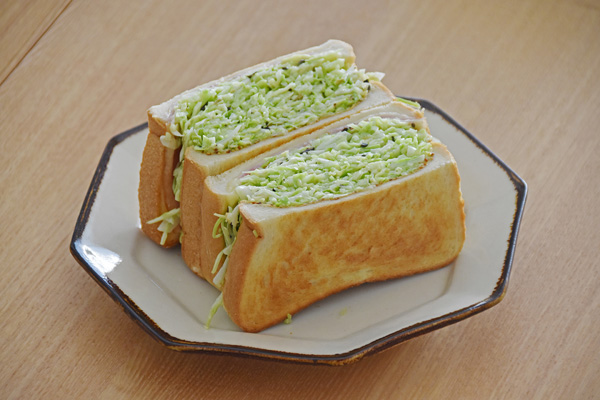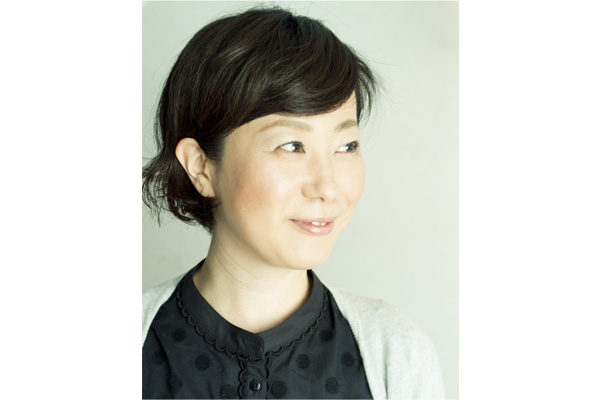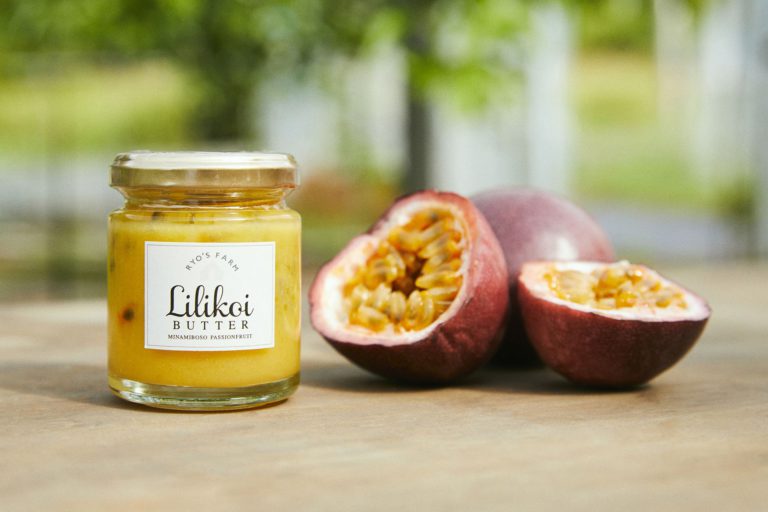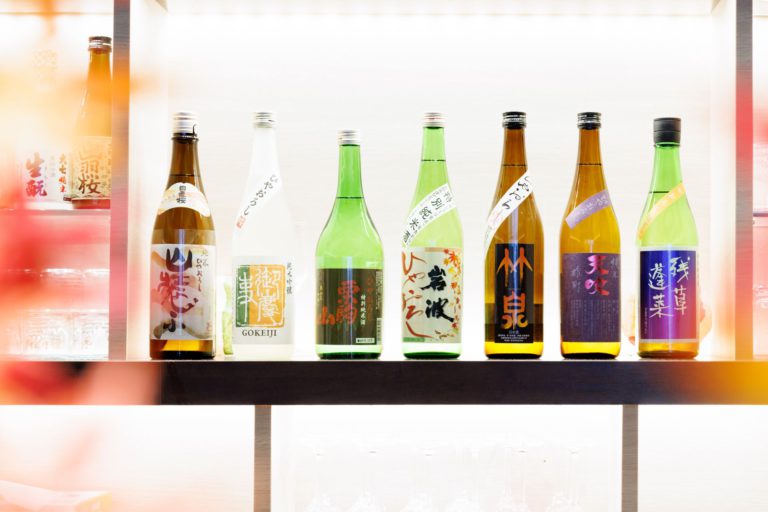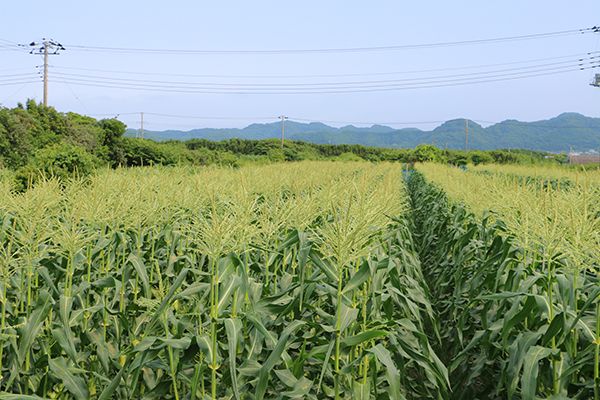Cabbage, the all-mighty “in-season” vege-table
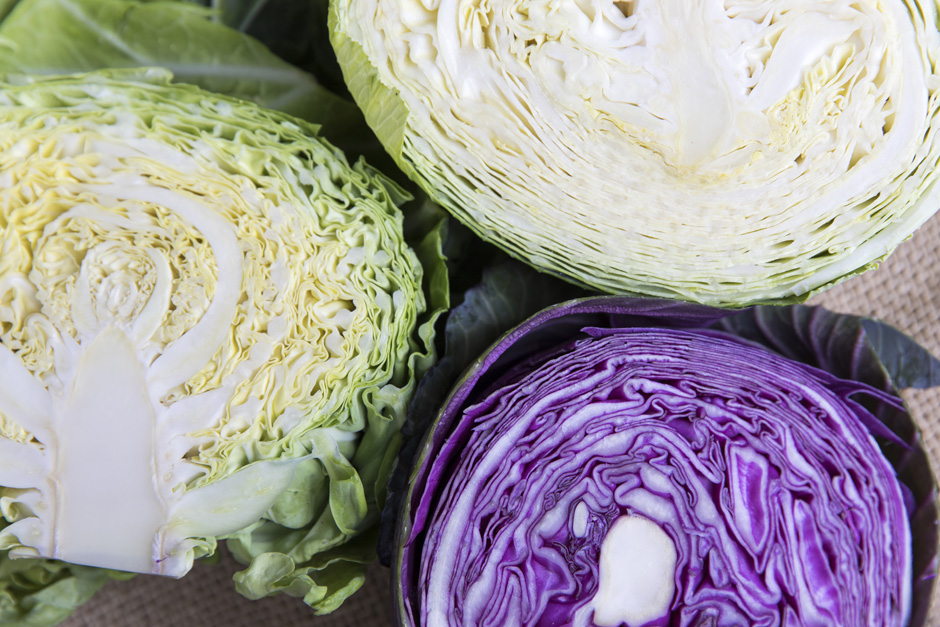
The selected vegetable for this article is cabbage—a vegetable with a variety of uses, sizes, colors and seasons. The article offers information on selecting good cabbage, cooking methods and a Numa-san sandwich recipe using plenty of cabbage.
The diverse cabbage offers different visuals, seasons and tastes
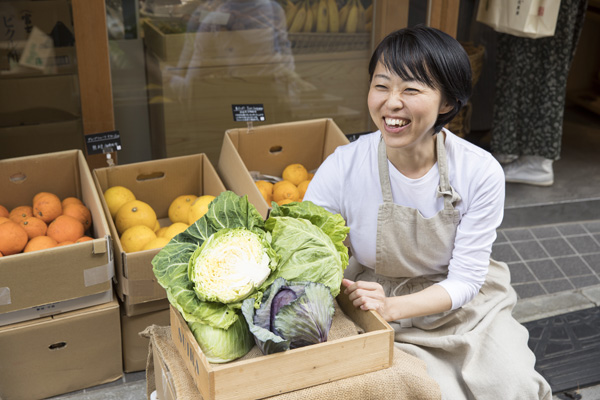
We visited Ayako Yajima of the fruit and vegetable shop Suika (Kagurazaka, Tokyo/closed in 2019), who will be the connoisseur of cabbage types and selection for this article.
“The best season for enjoying delicious cabbage is winter. However, thanks to the geo-graphical factors of Japan, which stretches from the North to South, along with different cabbage types, we are also able to enjoy the diverse cabbage all year round. Kandama (cold season ball), spring cabbage and purple cabbage are the three standard cabbage types. The characteristics and “in-season” times differ for each of them. Additionally, there are other unique cabbage types such as the small Brussels sprout or Savoy cabbage, which originated in the Savoy region of France. Savoy cabbage has gained a certain amount of popularity in Japan over the past ten years.”
Cabbage is said to have originated in the Mediterranean region, and became a staple vegetable in Japan along with the spread of Western food after World War II. Cabbage can be used in a wide range of dishes, as it can be eaten raw, boiled or stir-fried.
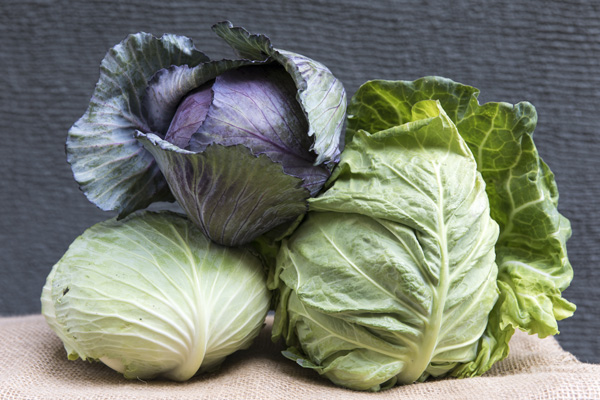
“Cabbage is an extremely diverse vegetable, so purchasing one whole cabbage opens the door to many dishes. There are two important points to extend freshness of pur-chased cabbage. One is to use the peel of the leaves one by one from the outside when using, and not cutting it in half. The second is to wrap cabbage in a slightly dampened newspaper and store this in a plastic bag within the refrigerator. In the winter, it is rec-ommended to store cabbage in a cold, dark place within a cardboard box instead of a refrigerator. Lightly pickling leftover cabbage with salt or vinegar is also recommended for a longer shelf life.”
The three major cabbage seasons and selection
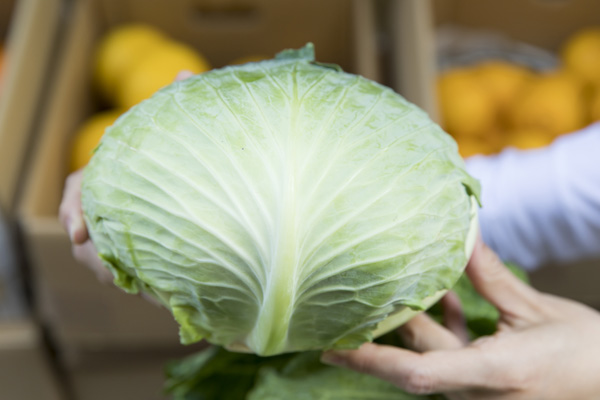
Although cabbage features are uniquely different according to the type, Yajima says that characteristics of a good cabbage are the same, excluding its weight.
・Symmetrical leaf veins
・Firm, glossy leaves
・An even pentagon shape when looking at the core
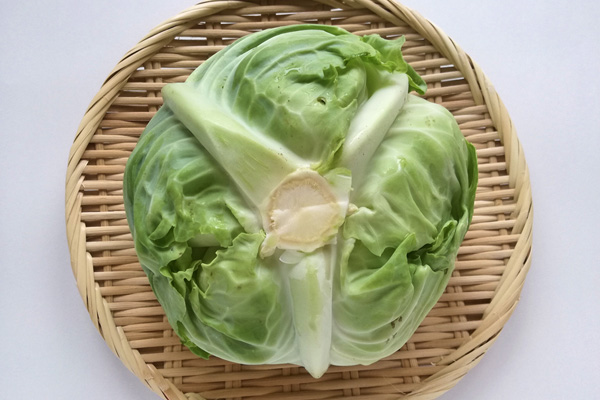
Selection tips for the standard three cabbage types and recommended dishes.
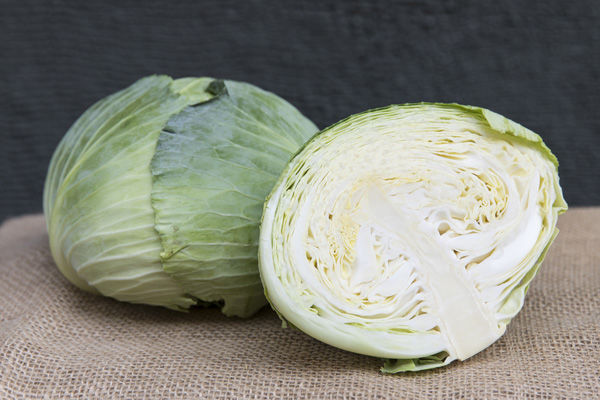
Kandama (winter cabbage, highland cabbage)
“This cabbage has stiffer external leaves and a strong flavor, making it optimal for pan-frying such as butter sautés or simmered dishes such as cabbage rolls. The leaves near the center are softer and sweeter, better for eating raw such as in salads. Cabbage grown in the plains is in season from November to March, and the highland cabbage is in season from June to October. Be sure to select cabbage that is firm and heavy.”
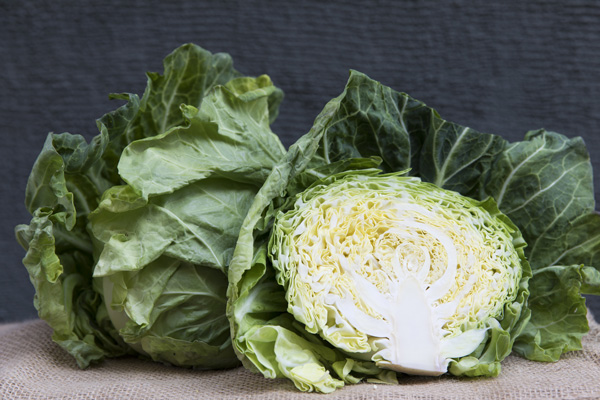
Spring cabbage
“Spring cabbage is known for its moisture, mild taste and soft texture. It is perfect for raw salads or lightly simmered in miso soups or other soups. Be aware that it contains a great amount of moisture, which results in a shorter shelf life, and it also tends to break up when boiled too much. Spring cabbage is in season from March to May, and some types may be bitterer the heavier they are, so when selecting spring cabbage, select the ones that are lighter.”
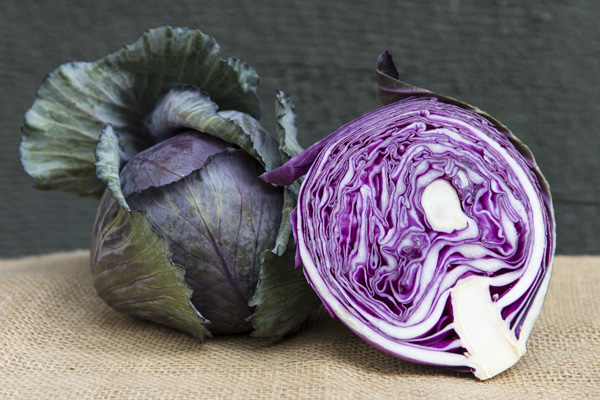
Purple cabbage
“The source of the purple color for this type of cabbage is the bitter ingredient anthocya-nin. The leaves tend to be stiff, so it is best to shred it raw and dress it with seasonings such as mayonnaise, if the bitter taste is not wanted, or to remove the acrid flavor by pickling it in salt or vinegar. It can be boiled as well, but the color tends to fade, so I rec-ommend taking it raw or pickling it with vinegar. This cabbage is sold in markets year round from different regions. Make sure to select firm and heavy balls for this type of cabbage.”
The trend-setting sandwich with cabbage playing the leading role
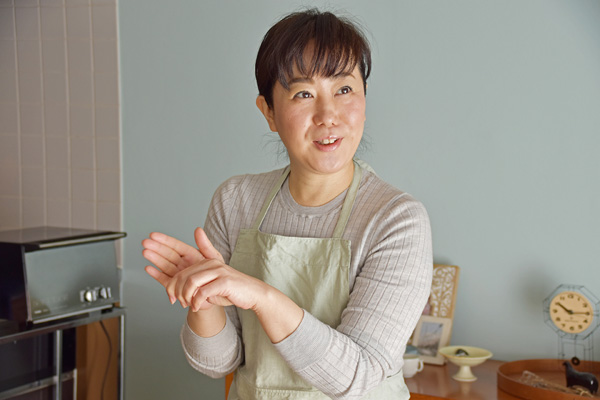
For this article, the suggested “in-season” cabbage recipe is Numa-san, a sandwich that contains plenty of shredded cabbage. Its popularity took off when its striking visuals were posted on social media, but many people became fans for its taste as well. Yuki Onuma, who launched this trend, taught us the charm of and recipe for the Numa-san sandwich.
“My husband, who is a pottery artist, used to make this sandwich before we were mar-ried. Cabbage is inexpensive, has a long shelf life and can be found anywhere, and it is his staple breakfast from when he was a pottery apprentice.”
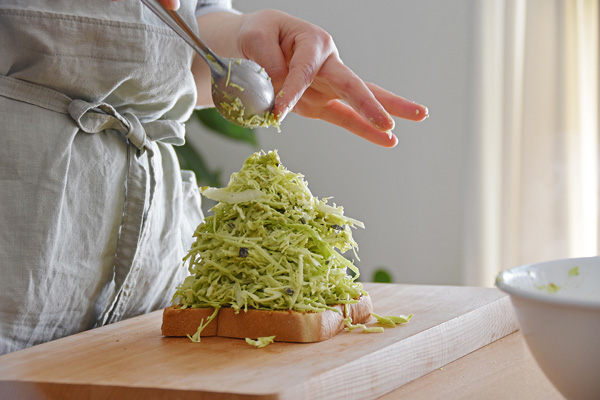
Many people are surprised at the sheer amount of shredded cabbage in this sandwich when making it, but the dense amount of cabbage packed in this sandwich creates a per-fect balance with the other ingredients when taking a bite. One positive aspect of cab-bage is that it goes well with any ingredient without being too obtrusive.
“I was also surprised the first time he made this sandwich for me, but it is very tasty. My husband says this recipe is simple yet very balanced.”
A variety of dishes with richness and tartness
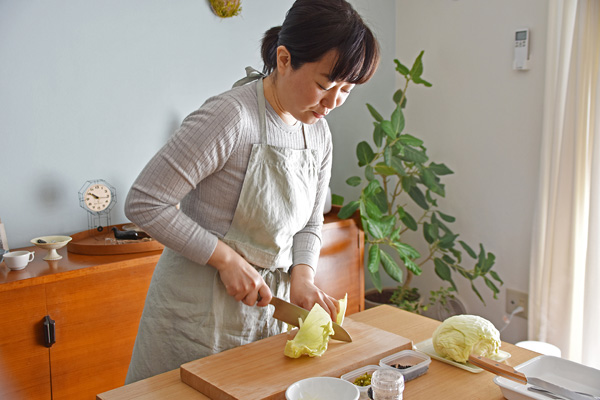
In Iwate, where the Onuma pottery studio is located, fresh, soft cabbage is readily availa-ble. This area is known for its dairy farming and its delicious bacon and sausages, making it an optimal place to make simple but tasty Numa-san sandwiches.
“Anything that goes with cabbage is a perfect ingredient for the Numa-san! It goes well with dairy products such as mayonnaise and cheese, but I also recommend trying it with different spices and nuts as well. Ingredients with a rich flavor and tartness are a good match for cabbage,” says Onuma.
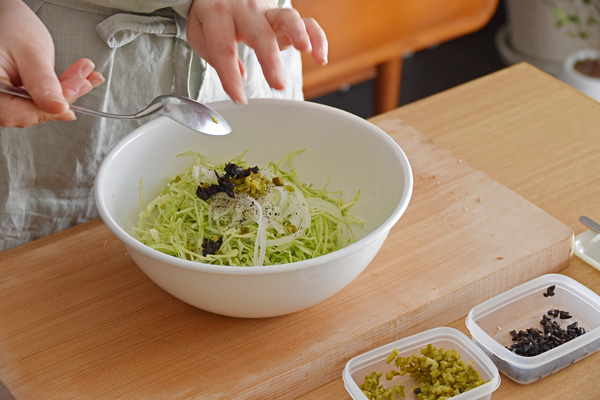
Cabbage has many features by type and can be used in a wide range of dishes. Why not match it with many types of food, and discover new tastes!
Why not match it with many types of food, and discover new tastes!

